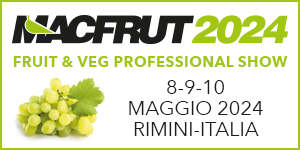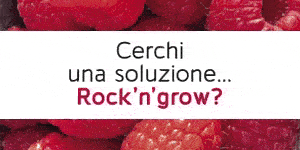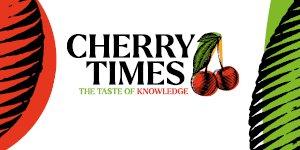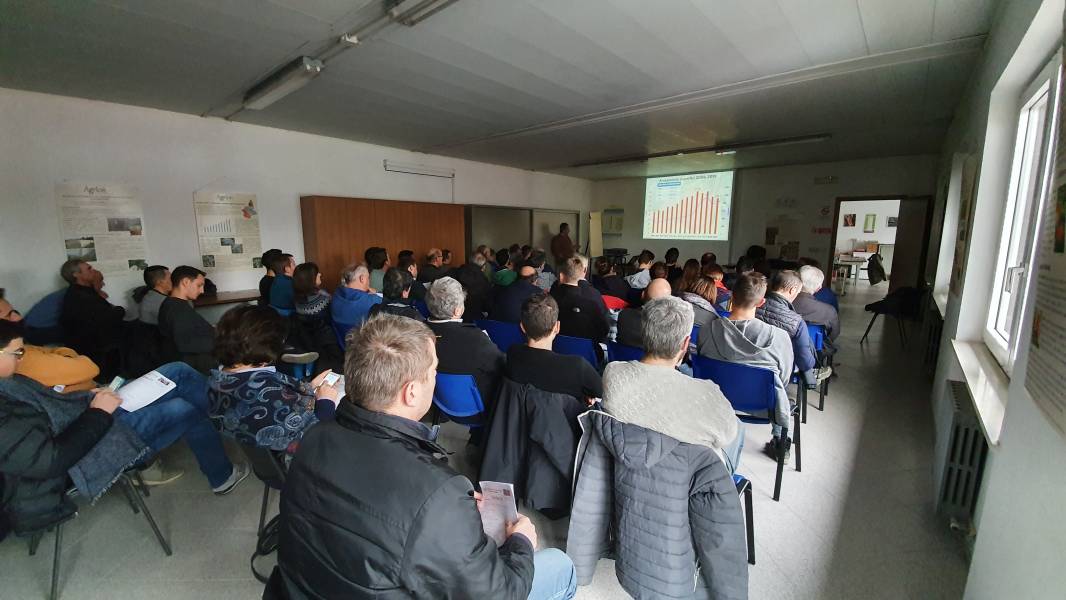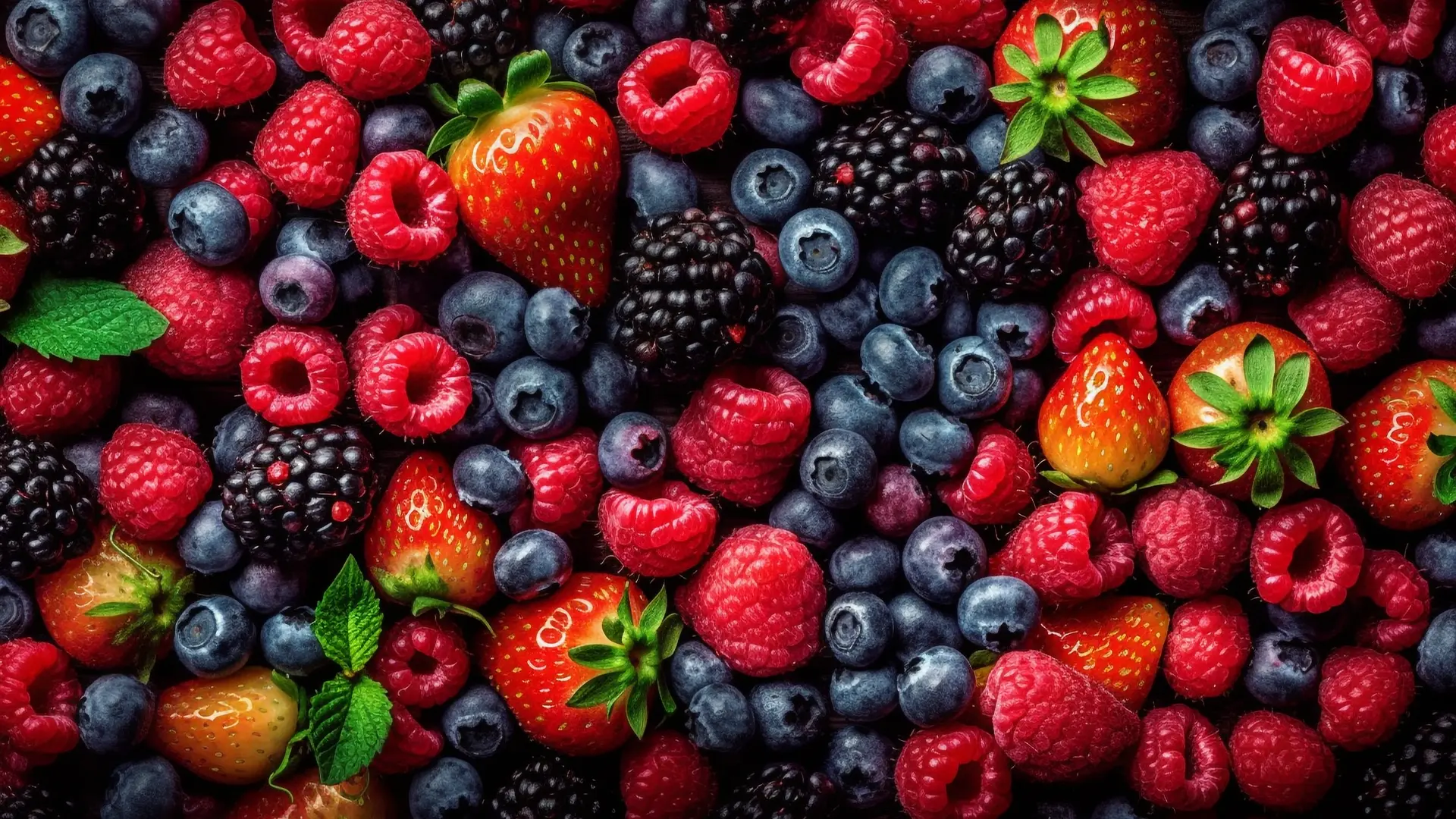Researchers will use waste from blueberries to produce new packaging for export.
To reduce export losses from blueberries, a team of researchers at the Universidad Privada del Norte (UPN) will develop metal nanoparticles biosynthesized from agroindustrial waste that, combined with bioplastics, will be converted into antimicrobial export packaging to keep the fruits healthier longer.
Dr. David Angel Asmat Campos, UPN research professor and technical leader of the project, told Agencia Andina that due to agro-export and the long journey the products have to make (which can take up to 60 days), the berries and other fruits end up being discarded.
- "One of the companies collaborating in our project, AGROVISION PERU, tells us that when blueberries frozen is exported, a loss of between 1.5 percent and 3 percent of the total mass is generated. If we look at it in terms of quantity or tons, it represents a rather significant loss of money," Asmat says.
In addition, due to poor storage, undesirable changes in the consistency of blueberry can occur and microorganisms can develop that accelerate the spoilage of the berries, whose domestic exports totaled about $1,372,765,231 in 2022, marking a 25 percent growth over the 2021 result.
Thus, using a circular economy model, the expert group proposes harnessing agroindustrial waste and using it to produce biosynthesized metal nanoparticles.

In the case of blueberries, for example, there is a high monthly loss rate in their production, as in the case of other food products. But these wastes have great potential to be used to extract bioactive compounds, from which metal nanoparticles (or metal oxides) can be synthesized or produced.
These nanoparticles can then be incorporated into bioplastics to perform two functions: preventing dehydration of the product and, consequently, the generation of internal microorganisms that spoil the fruit. These plastics would even be biodegradable, with the goal of protecting the environment.
FROM WASTE FROM BLUEBERRIES TO NANOPARTICLES
To start the process, researchers will study the profile of bioactive compounds in asparagus waste and blueberries. This will result in a reducing agent that will generate a chemical reaction upon contact with the metal salt to eventually develop the nanoparticles.
- "This method of nanoparticle production is known as biogenic synthesis or green synthesis," Asmat explains.
There are two methods for nanoparticle production: the chemical route, which has disadvantages due to the environmental pollution it generates and high costs. Instead, UPN has opted for the green route, reducing production costs and environmental impact by 73 percent and reusing agro-industrial waste.
After several studies, researchers will ensure that the nanoparticles are spherical have antimicrobial and antifungal properties and act as a physical barrier to prevent deterioration in the dehydration process.

- "With the equipment we will produce three types of nanoparticles: silver, zinc oxide and silicon dioxide, which will be impregnated into these bioplastics, and finally these bioplastics will be tested as export packaging."
It should be noted that this type of project is being implemented for the first time in Peru and could be applied to other export products, not just blueberries. The project started in December 2022 and will last 18 months, for which Concytec, through ProCiencia, has granted a grant of S/ 500,000 soles.
In addition to Asmat, Dr. Meliza Rojas Silva and dr. Alberto Miano Pastor, from the Center for Advanced Research in Agroengineering (CIAA) at the UPN Trujillo Campus, along with the consortium formed by the agro-industrial company AGROVISION PERU, the Regional Government of La Libertad, through the Regional Center for Strategic Planning (CERPLAN), the National Autonomous University of Chota (UNACH), and the National Nanotechnology Laboratory (LANOTEC - CeNAT) of Costa Rica.
Source: myblueproject
Photo: Food Innovation Asia




